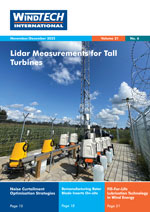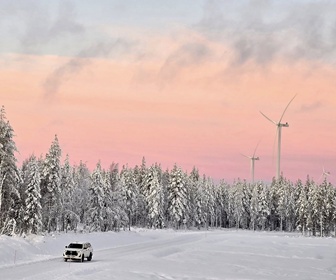 Deep declines in wind, solar and battery technology costs will result in a grid nearly half-powered by the two fast-growing renewable energy sources by 2050, according to the latest projections from BloombergNEF (BNEF) published in its New Energy Outlook 2019 (NEO).
Deep declines in wind, solar and battery technology costs will result in a grid nearly half-powered by the two fast-growing renewable energy sources by 2050, according to the latest projections from BloombergNEF (BNEF) published in its New Energy Outlook 2019 (NEO).Each year, NEO compares the costs of competing energy technologies through a levelised cost of energy analysis. This year, the report finds that, in approximately two-thirds of the world, wind or solar now represent the least expensive option for adding new power-generating capacity.
Electricity demand is set to increase 62%, resulting in global generating capacity almost tripling between 2018 and 2050. This will attract $13.3 trillion in new investment, of which wind will take $5.3 trillion and solar $4.2 trillion. In addition to the spending on new generating plants, $840 billion will go to batteries and $11.4 trillion to grid expansion.
NEO starts by analysing technology trends and fuel prices to build a least cost view of the changing electricity sector. The results show coal's role in the global power mix falling from 37% today to 12% by 2050 while oil as a power-generating source is virtually eliminated. Wind and solar grow from 7% of generation today to 48% by 2050. The contributions of hydro, natural gas, and nuclear remain roughly level on a percentage basis.
Europe will decarbonise its grid the fastest with 92% of its electricity supplied by renewables in 2050. The USA, with its abundance of low-priced natural gas, and China, with its modern fleet of coal-fired plants, follow at a slower pace.










